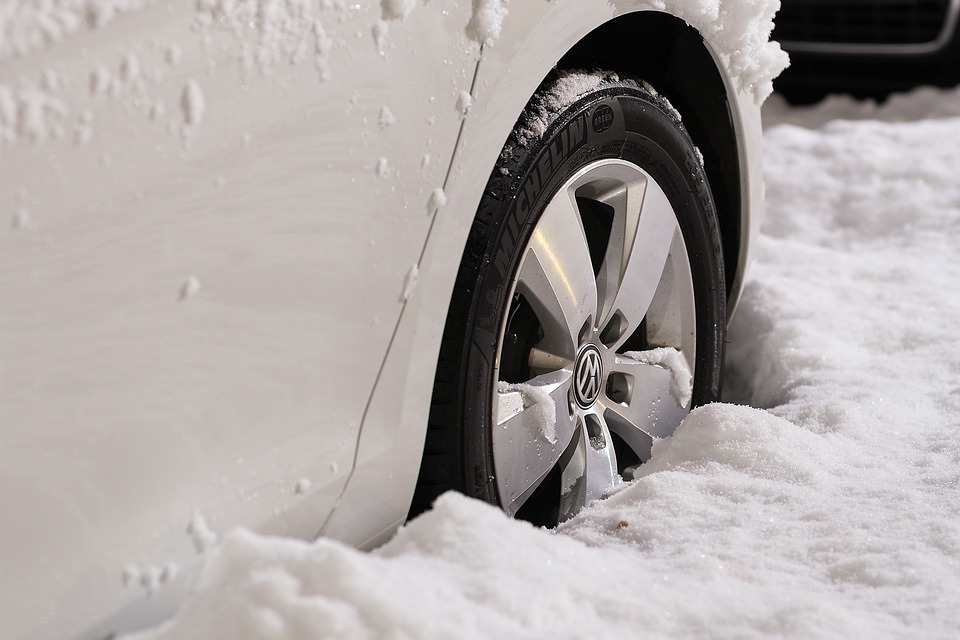As we enjoy the extra day we get during this leap year, let’s take a look at the significant automotive innovations that have shaped the industry since the last leap year. From groundbreaking technologies to shifts in trends, many remarkable advancements have occurred in the automotive world over the past four years.

1. EV Rider – Electric Vehicle Market Expands
Since the last leap year, the automotive landscape has witnessed a remarkable surge in the electric vehicle market. Major manufacturers have committed to electric fleets, and electric vehicles (EVs) have become more accessible to the masses. With longer ranges, faster charging, and a growing charging infrastructure, EVs are no longer just a glimpse into the future but a tangible and increasingly popular option.
2. Driverless Cars Move Into Pole Position
Autonomous driving technology has leaped forward in the past four years, with major advancements in sensor technology, artificial intelligence, and real-world testing. Companies like Tesla have pushed the boundaries, bringing us closer to a future where cars can navigate the roads with minimal human intervention. The next leap year might usher in even more autonomous features and potentially commercial deployments.
3. The New Pickup Truck: Electric and High-Tech
The pickup truck market, a dependable segment of the automotive industry, has experienced a renaissance since the last leap year. Electric pickup trucks have emerged as a new frontier, with models like the Tesla Cybertruck and the Rivian R1T gaining significant attention. Traditional pickup trucks have also undergone a tech transformation, incorporating advanced control systems, driver-assistance features, and even hybrid powertrains.
4. Pushing the Performance Envelope with High Speed and Tech
The last four years have seen a surge in the development of high-performance supercars that redefine the limits of speed and technology. From the electric hypercars like the Rimac C_Two to traditional combustion-engine marvels like the Bugatti Chiron Super Sport 300+, automotive engineers continue to push the boundaries of what is possible, delivering unparalleled performance and aerodynamics.
It’s evident that the automotive industry has undergone a transformative journey since the last time our calendars had an extra day. Electric mobility, autonomous driving, and high-tech innovations in traditional segments have brought on an era of unprecedented change. With each passing milestone, the future of automotive technology becomes more exciting and promising. Looking ahead to the next leap year, expect the road to be paved with more automotive innovation, promising an exhilarating ride into the future!

